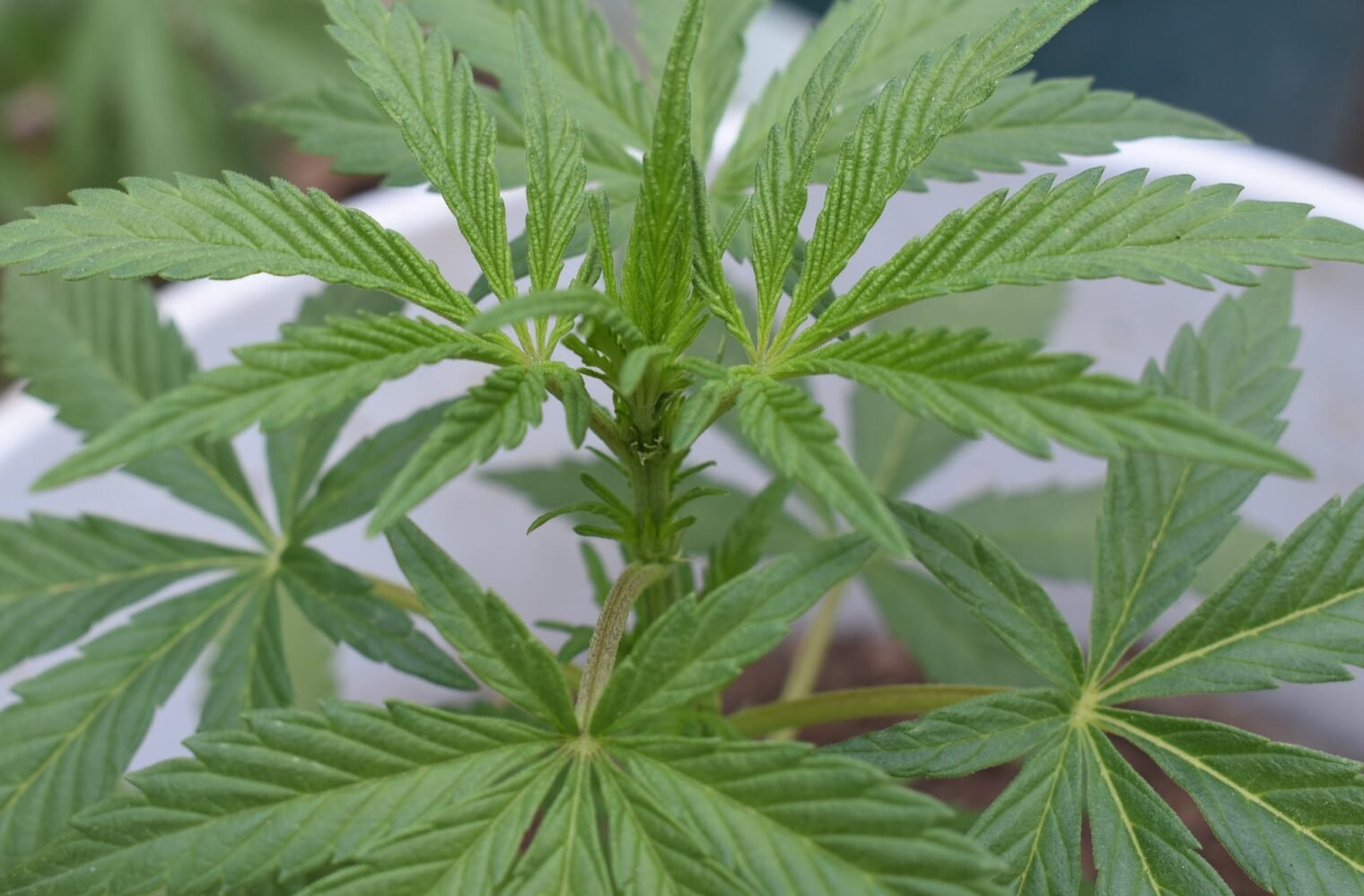Growing Thai Cannabis at Home: Tips and Tricks for Budding Enthusiasts

Table of Contents
Are you considering growing Thai cannabis at home? At this moment in time, you can still legally do that in Thailand. Cannabis cultivation has been practiced for centuries, with a rich history that spans across various cultures and regions. In recent years, the popularity of growing Thai cannabis at home has surged, driven by changing legal landscapes and a growing interest in cultivating unique strains.
One such strain that has gained recognition among cannabis enthusiasts is Thai cannabis, known for its distinct characteristics and potency. In this article, we will explore the art of growing Thai cannabis at home, offering valuable tips and tricks for those looking to embark on this exciting journey.
Understanding Growing Thai Cannabis
Before delving into the cultivation process, it’s essential to understand what sets growing Thai cannabis apart. Thai cannabis, also known as “Thai sticks,” has a reputation for its legendary potency and sativa-dominant genetics. This strain hails from Southeast Asia, particularly Thailand, and has a rich history of traditional use. Thai cannabis is often associated with its energizing and euphoric effects, making it a favorite among recreational and medicinal users alike.
One of the key characteristics of Thai cannabis is its long flowering period, which can last up to 14-16 weeks. This extended flowering time results in the development of dense and resinous buds, rich in THC content. Thai strains are also known for their tall, slender plants with narrow leaves, making them ideal for outdoor cultivation in warm and tropical climates.
Selecting the Right Genetics
Choosing the right Thai cannabis genetics is the first step in successfully growing this unique strain at home. It’s essential to source high-quality seeds or clones from reputable breeders. Look for strains with a reputation for their pure Thai genetics, as some hybrids may dilute the distinctive characteristics of traditional Thai cannabis.
Some popular Thai cannabis strains include “Thai Stick,” “Thai Tiger,” and “Thai 47.” Each of these strains offers a unique combination of flavors, aromas, and effects, so research and experimentation are key to finding the one that suits your preferences. You need to think about these things when growing Thai cannabis at home.
Creating the Ideal Growing Environment
Thai cannabis thrives in warm, tropical climates with plenty of sunlight. If you live in a region with a similar climate, you may consider growing your plants outdoors. However, for those in less favorable climates, growing Thai cannabis indoors is a viable option.
Indoor growers should invest in high-quality grow lights, such as HPS or LED, to mimic the intensity and spectrum of natural sunlight. Maintain a temperature range between 70-85°F (21-29°C) and relative humidity levels between 40-60% for optimal growth. Adequate ventilation and air circulation are crucial to prevent mold and mildew issues, especially during the flowering stage.
Choosing the Right Growing Medium
Thai cannabis can adapt to various growing mediums, including soil, hydroponics, or coco coir. The choice of growing medium depends on your preferences and experience level. Soil is a beginner-friendly option, while hydroponics and coco coir offer more control over nutrient delivery and growth parameters.
Regardless of the medium chosen, ensure it is well-aerated and has proper drainage. Thai cannabis plants are sensitive to overwatering, so it’s essential to monitor moisture levels carefully. Using high-quality organic nutrients tailored to the specific needs of cannabis plants will promote healthy growth and maximize resin production. Growing Thai cannabis is not as easy as you might imagine.

Germination and Vegetative Stage
Once you have your seeds or clones and growing environment ready, it’s time to kickstart the growing process. Start by germinating your seeds or allowing your clones to root. Maintain a consistent temperature and humidity level to ensure successful germination or rooting.
During the vegetative stage, Thai cannabis plants require 18-24 hours of light daily. This extended light period encourages vigorous growth and the development of a robust root system. Prune and train your plants as needed to ensure an even canopy and promote airflow.
Growing Thai Cannabis: Transitioning to Flowering
As your growing Thai cannabis venture enters the flowering stage, you’ll notice the characteristic elongated buds forming along the branches. This phase is where patience becomes crucial, as Thai cannabis typically has a lengthy flowering period. Be prepared for the process to take up to 16 weeks or more.
Reduce the daily light exposure to 12 hours of light and 12 hours of darkness to trigger the flowering process. Monitor the plants closely, as Thai cannabis may exhibit a stretch during early flowering, requiring additional support to prevent branch breakage.
Nutrient Management and Care
Throughout the flowering phase, proper nutrient management is essential to achieve the desired potency and resin production. Thai cannabis responds well to phosphorus and potassium supplements during this stage. Be mindful of nitrogen levels, as excess nitrogen can lead to excessive leaf growth at the expense of bud development.
Regularly inspect your plants for signs of pests or diseases, as Thai cannabis is not immune to common cannabis-related issues. Employ organic pest control methods and maintain a clean growing environment to minimize potential problems.
Harvesting and Curing
Harvesting Thai cannabis is a rewarding yet time-consuming process. But this is the most important thing about growing Thai cannabis. Wait until the majority of trichomes on the buds have turned cloudy and amber, signaling the optimal time for harvest. Cut the branches and trim the buds, removing excess foliage.
Curing is a critical post-harvest step that involves drying and aging the buds to enhance their flavor, aroma, and potency. Place the trimmed buds in a dark, cool, and well-ventilated area, using curing jars or containers to control humidity levels. Burping the jars daily for the first few weeks allows excess moisture to escape while preventing mold formation. After curing for at least two weeks, your Thai cannabis will be ready for consumption.
Enjoying the Fruits of Your Labor
Growing Thai cannabis at home is a rewarding experience that allows you to savor the unique flavors and effects of this legendary strain. Whether you’re a seasoned cultivator or a novice enthusiast, the journey of nurturing your plants from seeds or clones to fully matured buds is both therapeutic and fulfilling.
Remember that each Thai cannabis strain may offer variations in taste, aroma, and effects, so keep experimenting to find your favorite. With the right genetics, growing environment, and care, you can cultivate Thai cannabis that rivals the quality of the best strains found in its Southeast Asian homeland. So, roll up a Thai stick of your own creation and savor the rich heritage and unique qualities of this extraordinary cannabis strain.


